
Continue reading

With all the advances made in anti-satellite technology, Sandia National Laboratories is seeking partnerships to develop satellites that can defend themselves
Continue reading

Continue reading

Continue reading

Continue reading

Continue reading

Located about 3,600 light-years from Earth in the constellation Puppis is the open star cluster known as Messier 93.
Continue reading

Based on new observations of super spiral galaxies, a team of scientists has found that they have massive dark matter halos that cause them to rotate much faster than our own!
Continue reading
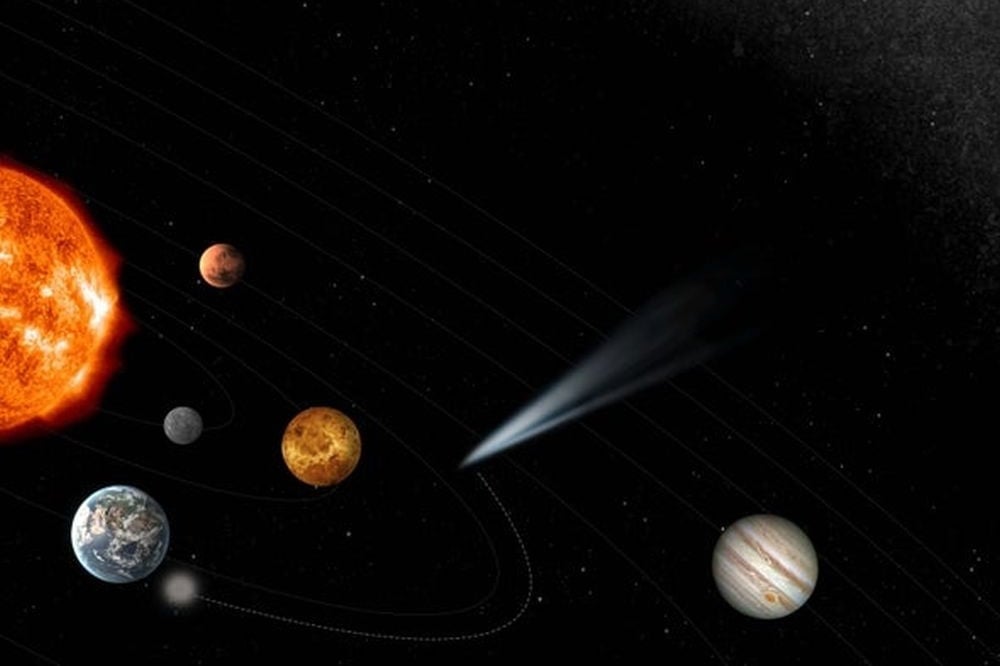
A new study suggests that comets and asteroids that graze Earth's atmosphere might be responsible for the spread of life throughout the Universe.
Continue reading
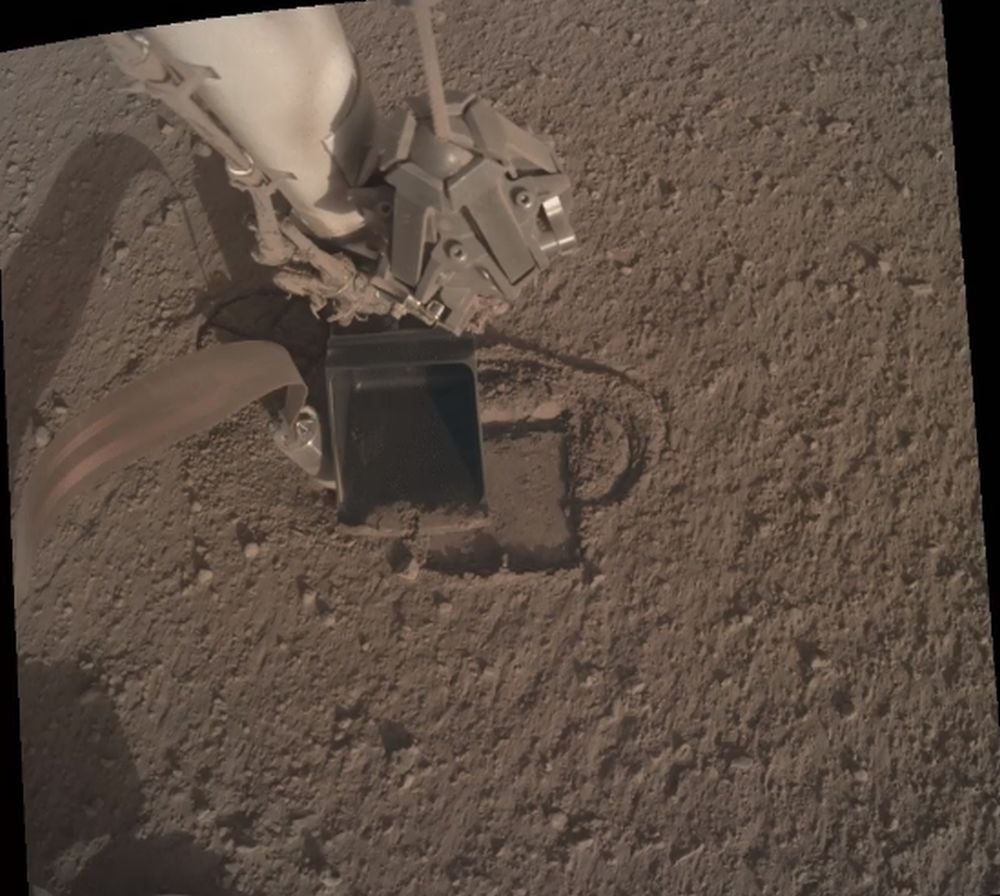
Continue reading

Continue reading

Continue reading
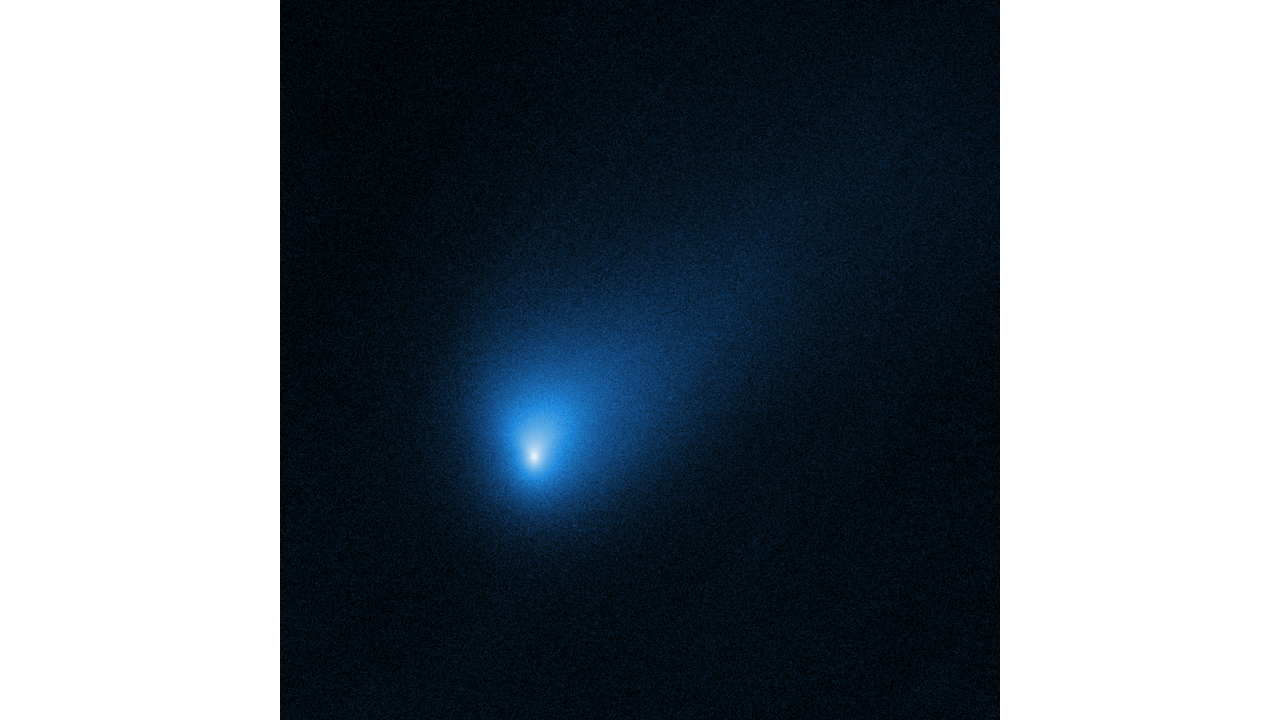
Continue reading

A team from MIT's Center for Bits and Atoms (CBA) recently unveiled their prototype for a new assembler robot, which could revolutionize construction as we know it!
Continue reading

Continue reading

According to recent filings, SpaceX is hoping to send an additional 30,000 Starlink satellites to orbit in the coming years.
Continue reading

Continue reading
Continue reading

Continue reading

Continue reading

UK startup Spacebit is looking to democratize space with its Walking Rover mission, which will be the UK's first lunar mission and the first rover to rely on legs to get around!
Continue reading

Continue reading

NASA's first all-electric aircraft - the X-57 Maxwell - was recently delivered to the NASA Armstrong Flight Research Center (AFRC) for testing.
Continue reading

Continue reading

Continue reading

Continue reading
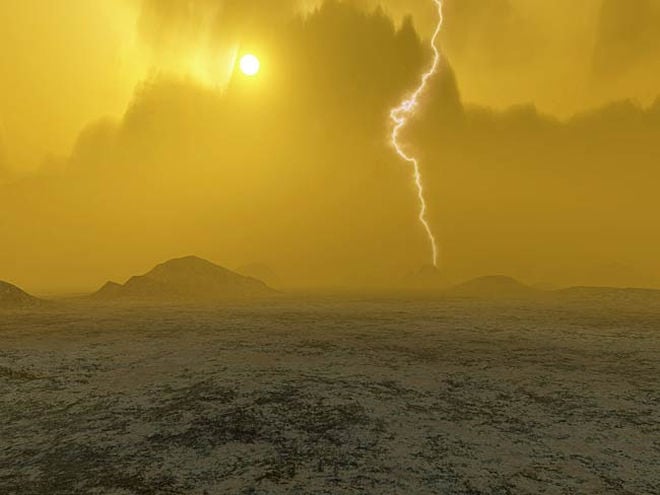
A new study on the volcanic highlands of Venus casts doubt on whether or not the planet ever had oceans.
Continue reading

Continue reading
Continue reading

Continue reading
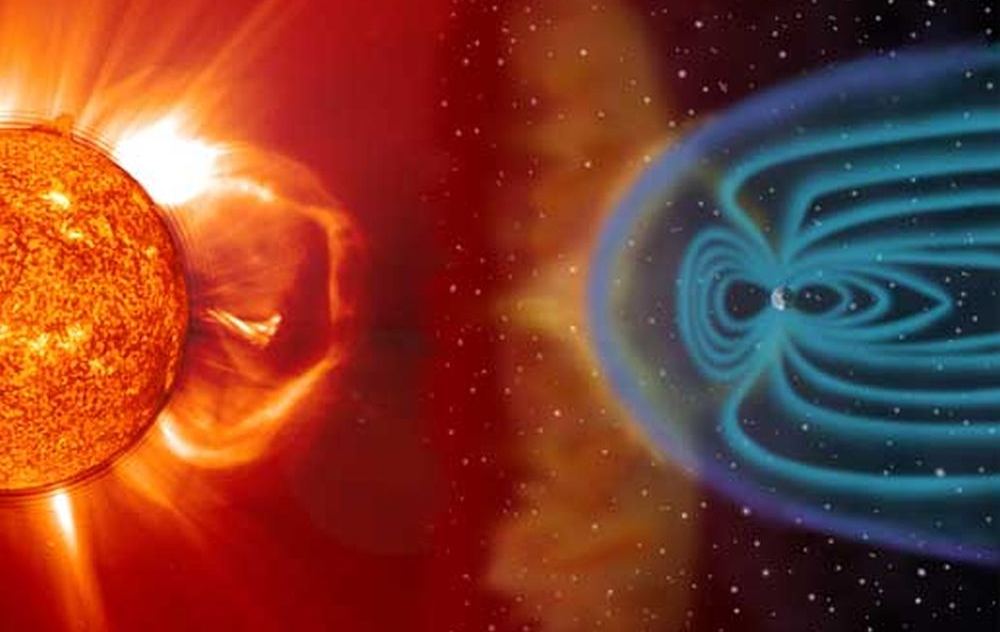
Continue reading

A team of astronomers led by Scott Sheppard has discovered 20 new moons around Saturn, putting it ahead of Jupiter!
Continue reading

Continue reading

Continue reading

According to a recent study, Enceladus' plumes may contain the building blocks of amino acids, which are the building blocks of life!
Continue reading

Continue reading

An international team of astronomers recently obtained spectra from the interstellar comet 2I/Borisov, which confirmed the presence of cyanide gas.
Continue reading
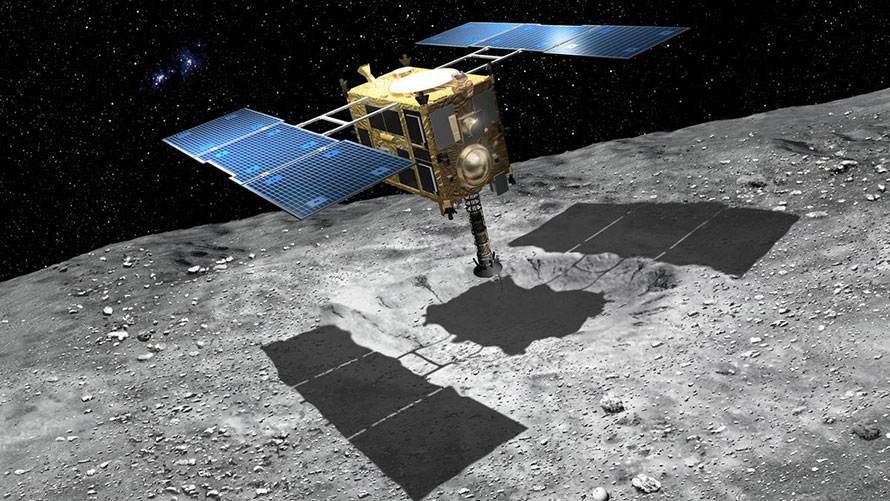
Continue reading

According to a study by The Milky Way Halo Research Group, we now know how quickly the Milky Way is losing and gaining new material - which is key to understanding how it changes over time.
Continue reading

Continue reading

Continue reading

Continue reading

Continue reading

The Next Generation Transit Survey recently discovered a hot-Jupiter with the shortest orbital period observed to date, just 18 hours!
Continue reading

Continue reading
Continue reading

Elon Musk recently upload a video that shows that the interior of the Starship's prototype cargo bay.
Continue reading

Continue reading

Continue reading
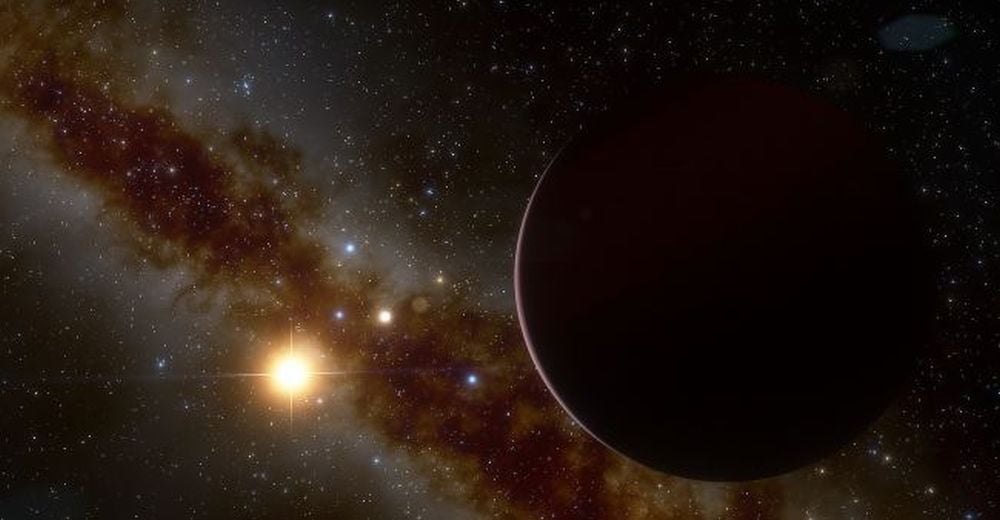
Continue reading















































